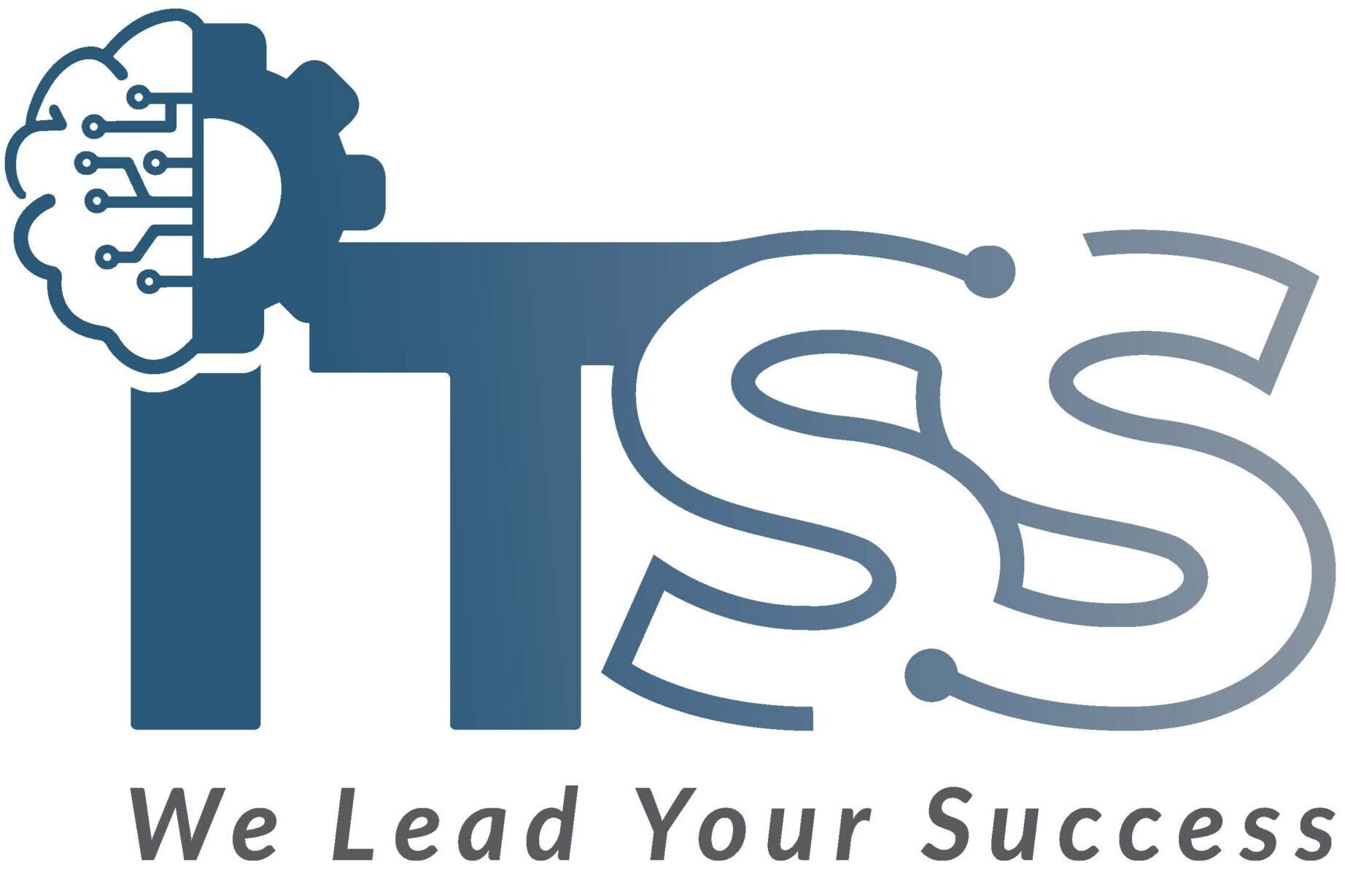If you think what’s next for digital technology is too complicated and overwhelming, you might be missing out on some things about it. So, with this article, we are going to explore the exciting world of digital technology today! Technological innovations in the digital age have led to a nearly infinite amount of possibilities for how people can reach out and share their stories.
Our reliance on technology, however, brings with it great responsibility and danger. Innovations in technology have been happening over such a short time period that sometimes it’s difficult to remember what things were like before they existed.
It’s likely that you’ve had experience with some of these innovations already–for example, have you heard of photorealistic images? Some technologies are terrifying – 3D printing, drones and robot cars. Trends within these technologies indicate they will continue to evolve in the future. In this blog post, we’ll take a look at several emerging trends in tech and
Digital Technology in the Future
The United States is known for big and bold. Technology is always growing and changing so deeply that it affects every part of everyday life. From watching movies, to listening to music, buy products online, make purchases with debit cards, and even read the news digital technology allows consumers to do so many things they might not have been able to do in any other way before.
Businesses also have used this trend so that they can offer more services – such as targeted advertisement to only reach certain individuals at different times with certain messages based on their shopping history, why they no longer wish themselves a purchase or who they follow online.
Digital technology is right now changing our society faster than any other recent invention. Many believe that in the future, digital technology will also be changing the way we eat and how food is produced. There are some who fear this idea, as well as many others, because of ethical issues involved with such a large-scale alteration in how our world works.
Digital Trends You Can Count on
It’s quite possible that you’ll be using these devices yourself in some way or another. Personally, I rely on my auto-pilot feature saved within my phone to help me get from point A to point B without too much frustration. Taking control of your own vehicle is also just a few swipes away and totally worth the convenience now that more resources are being put into this technology.
The era of digitalization is on the horizon and with so many technological advancements, we now see that day closer and closer to our time. From new televisions to iPods, there are tech gadgets that have left their mark in this world. Some people may fear technology and think of it as degrading or harmful, while others view it as liberating. I think we might all agree that digital advancements will change us but what can we guarantee?
How AI is Changing Customer Engagement
Today’s customers have access to so much information on businesses and products, but just focusing on reaching out to them has been shown not to be enough. The most successful companies are realizing that their digital voice needs to be different from the rest for their customer experience.
They’re turning to artificial intelligence – or AI – and utilizing it in ways that allow them to interact with customers in a way that makes prospects feel valued and happier with their purchase. Over the past few decades, there has been a rapid globalization of technology. This trend will continue especially with the introduction of Artificial Intelligence (AI).
AI is an innovative technology that supports automation and general-purpose computer systems designed to perform specific well-defined tasks easily, efficiently and rigorously. Companies use the latest technologies to enable their customers to connect through multiple channels around the world. The future of digital technology seeks to enhance customer engagement in order to strengthen brands and improve productivity.
Is Machine Learning Redefining Employee Engagement?
As personal artificial intelligence reaches a new peak and manufacturers incorporate machine learning into their business model, traditional approaches of engagement by way of employee satisfaction cannot be limited to only incentives.
Companies such as Google, Microsoft, Dell, Intel, and Amazon are still mostly using money as an incentive for employees – which might be an industry standard – but these companies also rely on other forms of motivation including work-life balance and recognition.
Corporate America is realizing that their employees are an important asset and the immediate future success of the company often depends on what they can offer to attract new talent and keep existing talent happy.
One of the most exciting trends in corporate America happening now is the blending of Machine Learning, Big Data, and Employee Engagement in order to generate higher employee engagement, creativity, and innovation. According to recent data from Korn Ferry, 52% of organizations are incorporating some form of machine learning in some part of their recruitment strategy!
Using Social Media to Drive Conversations by Sector
Technology can influence users in many ways. Without social media, customers and vendors would now have to rely on personal research in order to figure out what strategies work for most industries these days. Some technology and social media experts in the room that were presenting said that market research and advertising are often a waste of time when it comes to engaging customers. “
The best thing you can offer is your expertise in a particular industry.” That might mean launching into conversations on some popular social media platforms, which was more than just posting to company Facebook page or Twitter account
Predicting Legal Changes From Big Data and Artificial Intelligence
Artificial intelligence is changing the legal system and many experts in the field agree that it has the potential to be a huge disruptor that could leave legacy laws in the dust. Utilizing Big Data, artificial intelligence can now detect patterns for optimizing risk prevention and choose the best route for compliance on behalf of businesses without their intervention. The only thing is to make sure that the predictions are based on facts. I look for reliable data to inform my visions of the future, and try not to predict about what doesn’t happen.

